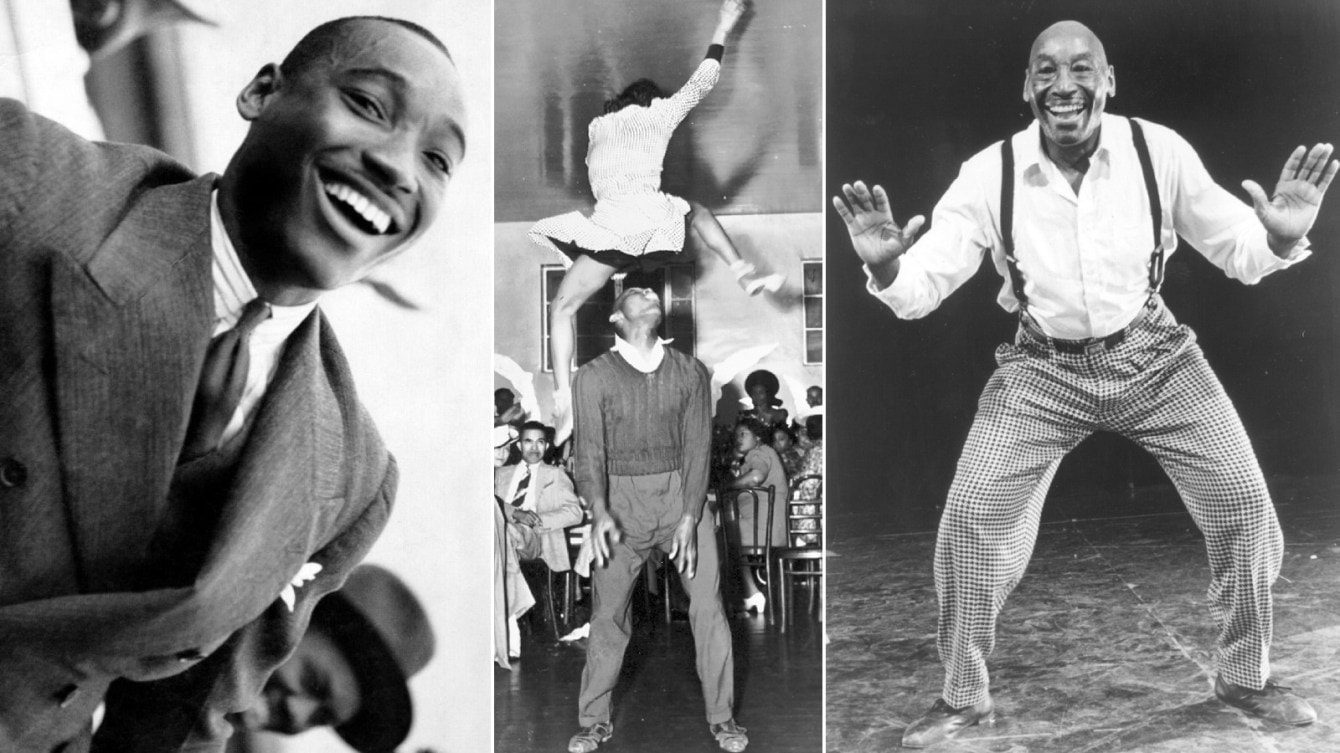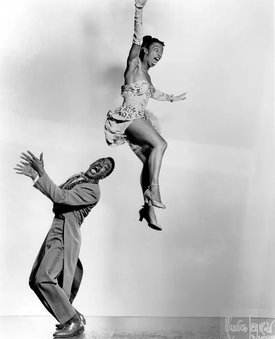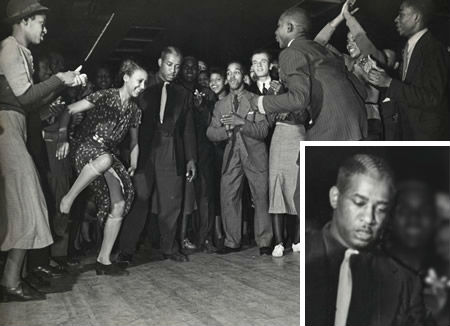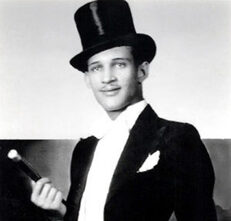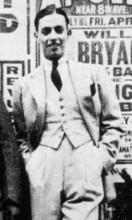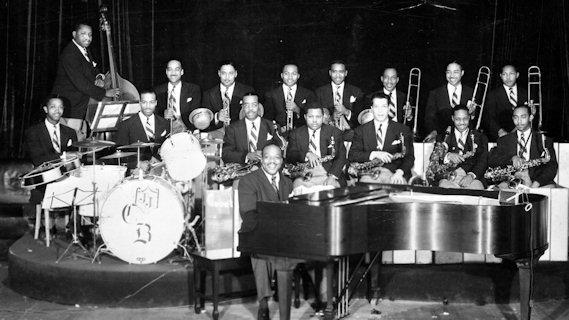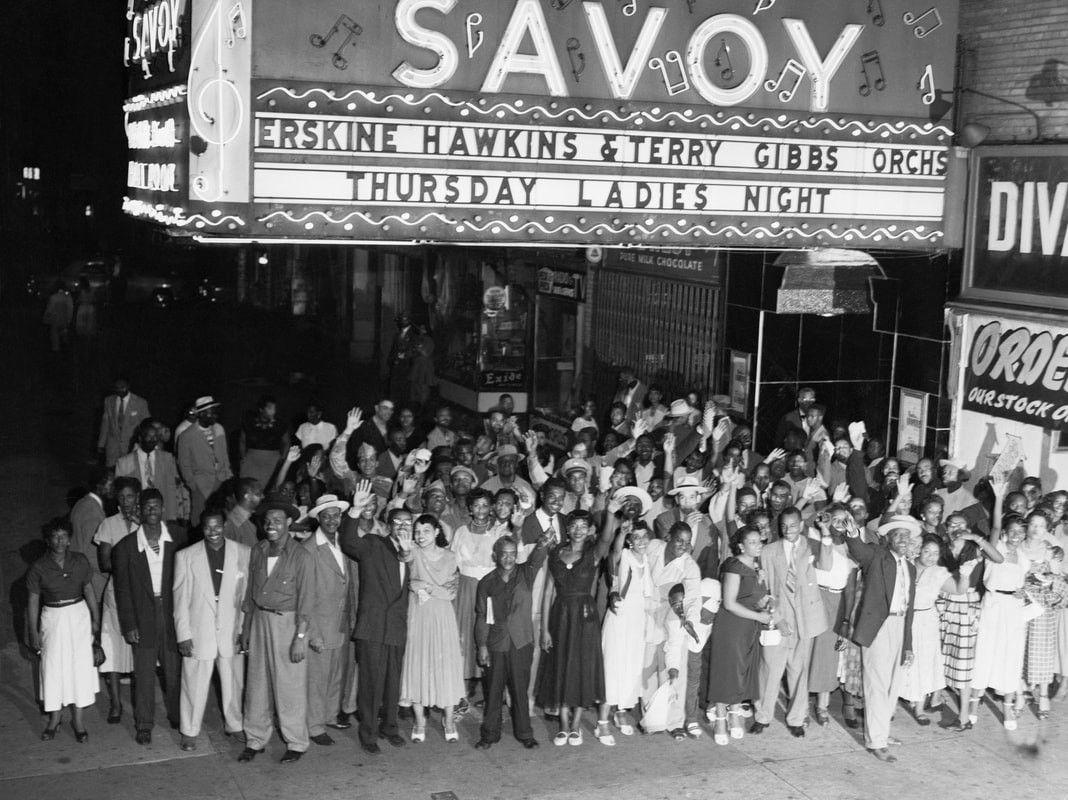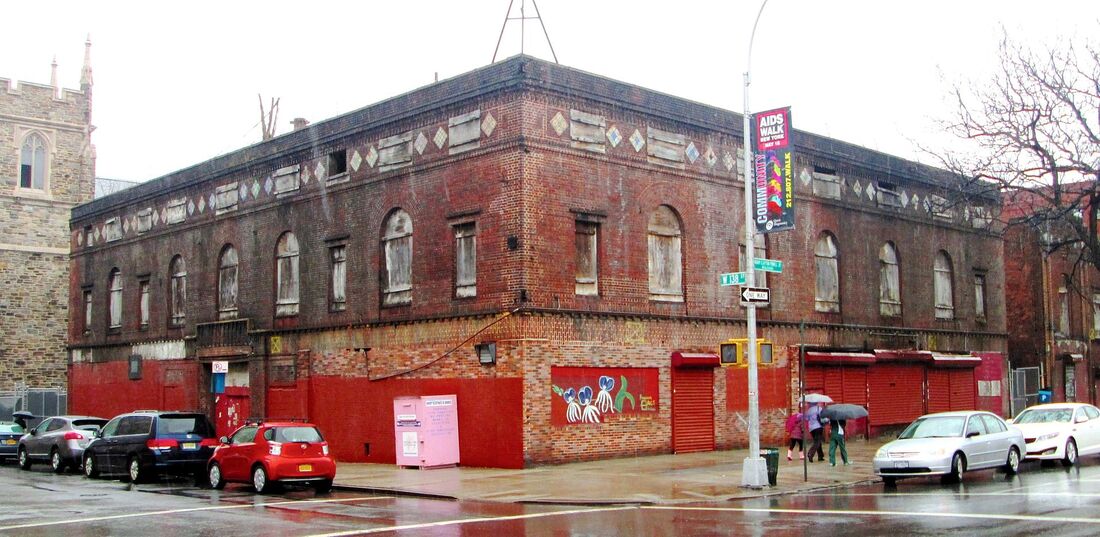More Coming soon!
Dancers
Frankie Manning (1914-2009)
|
|
NORMA MILLER (1919-2019)
|
|
Herbert "Whitey" White and Whitey's Lindy HoppersHerbert “Whitey" White was a former boxer who became a bouncer at the Savoy ballroom. He was nicknamed “Whitey” for the white streak in his hair. Whitey is known for forming Whitey’s Lindy Hoppers- a professional dance troupe from Harlem. He had an eye for talent and would recruit dancers, such as Frankie Manning and Norma Miller, from the Savoy Ballroom to join his troupe. Whitey’s Lindy Hoppers performed in the U.S., Europe and Australia, competed at the Harvest Moon Ball, and were featured in several movies, most notably “Hellzapoppin’” and “A Day at the Races”. When they weren’t performing, you could find Whitey’s Lindy Hoppers in “The Corner” of the Savoy social dancing or teaching each other new moves.
|
danceS & Routines
The Shim Sham (1926)The Shim Sham was created in the 1920’s by Leonard Reed and Willie Bryant when the two were asked by the Whitman Sisters to come up with a finale for their show. At the time, the tap dance was done to the song, “Turkey in the Straw”. The dance became the finale for performances all over Harlem in the 1930’s with lindy hoppers performing it without the taps. In the 1980’s, Frankie Manning went on to create a version for swing dancers which eliminated the taps and introduced boogie forwards, boogie backs and shorty georges. According to Frankie, the Shim Sham was not an organized dance and was only 2 choruses when danced at the Savoy.
Where did the name “Shim Sham” come from? According to Reed, the dance got its name after a dance troupe, The Three Little Words, performed it at a club called the Shim Sham, thus it became the “Shim Sham Shimmy”. Variations: Al and Leon Shim Sham Dean Collins Shim Sham Frankie Manning Shim Sham Frankie and Chazz Shim Sham |
|
MuSicians & Singers
Count Basie (1904-1984)Count Basie (1904-1984). Count Basie is a famous bandleader and pianist from the big band era. He originally wanted to be a drummer but opted for the piano after hearing how talented Sonny Greer was on drums. In 1924, Basie moved to New York City as a teenager and toured as a pianist and accompanist on the major vaudeville circuits. In 1928, he joined Walter Page’s Blue Devils but left in 1929 to join their rival band, the Bennie Moten band. Moten was a pianist, so Basie served as an arranger and second pianist for the band. After Moten’s death in 1935, Basie formed his own band, Count Basie and His Barons of Rhythm, which included former members of the Blue Devils and Bennie Moten Band. The band played at the Reno Club in Kansas City where their music was broadcasted on the radio. Their music caught the attention of John Hammond who wrote to Basie about introducing the band to larger audiences. In 1937, the Count Basie Orchestra moved to New York City where they would play at Harlem’s Apollo Theatre and the Savoy. It was during this time that they would become one of the world’s greatest bands.
Does “One O’ Clock Jump” get your toes tapping? Does “Jumpin’ at the Woodside” get your swingouts on? You have Count Basie to thank for that! |
|
Ballrooms
The Savoy Ballroom (1926)
|
|
The Renaissance Theater & Casino-“Rennie” (1921)The Rennie was the first theater in New York owned and operated by African-Americans. It was home to a casino, theater and ballroom. The Rennie held dances and featured musicians and singers such as Count Basie, Duke Ellington and Ella Fitzgerald. Dancers, such as Frankie and Norma, got their start at the Rennie since the Savoy did not allow younger dancers in the ballroom.
|

